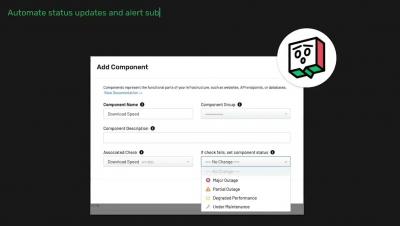Website Performance Monitoring: What Are You Really Paying for?
Have you found yourself confused by the plans and pricing around website performance monitoring? Are you using the features you’re paying for? Finding the right service involves many moving parts. Very often, that journey begins with a quest to find a simple up or down monitoring tool for external verification. It’s only after you take that first step into the market that you begin to notice additional features and expanded functionality.











